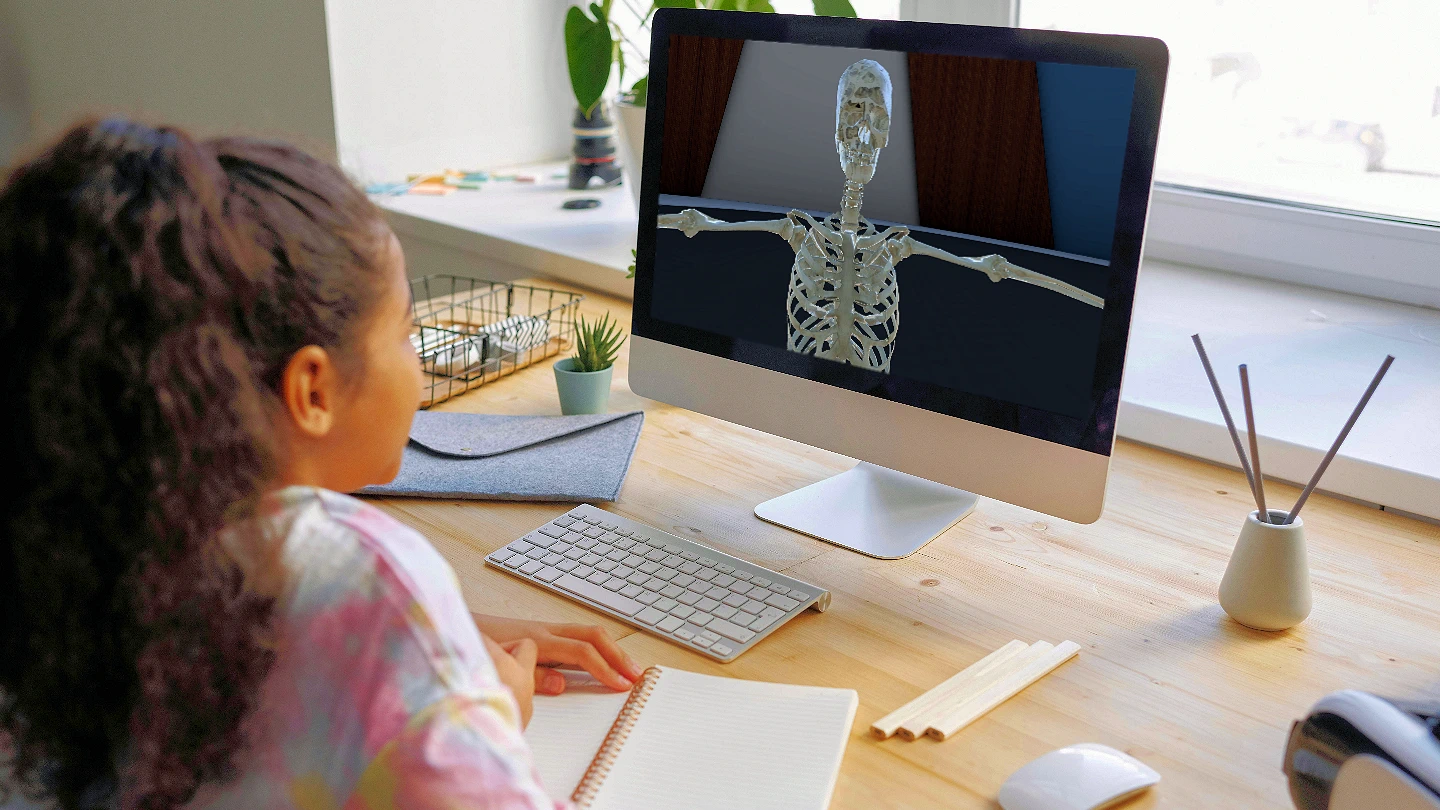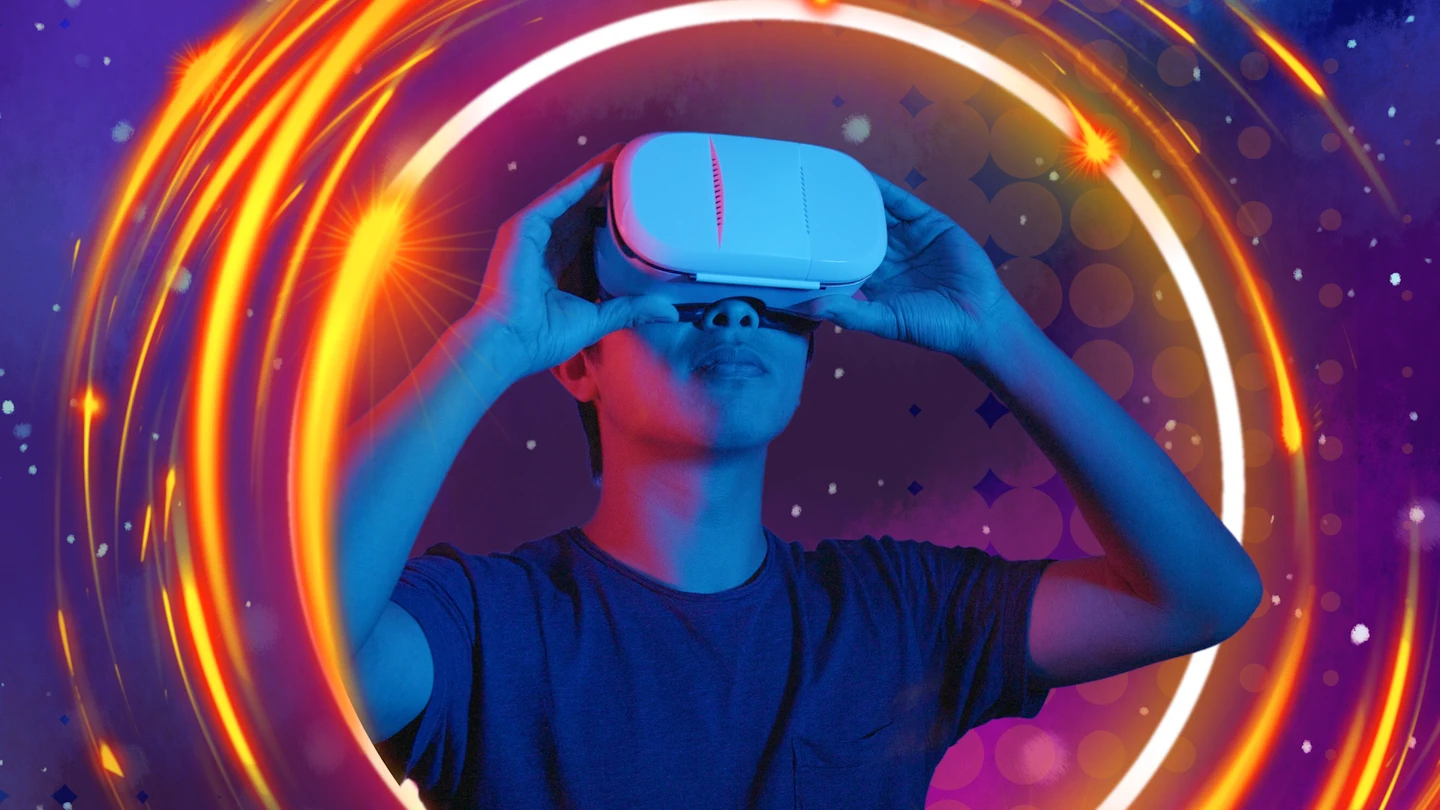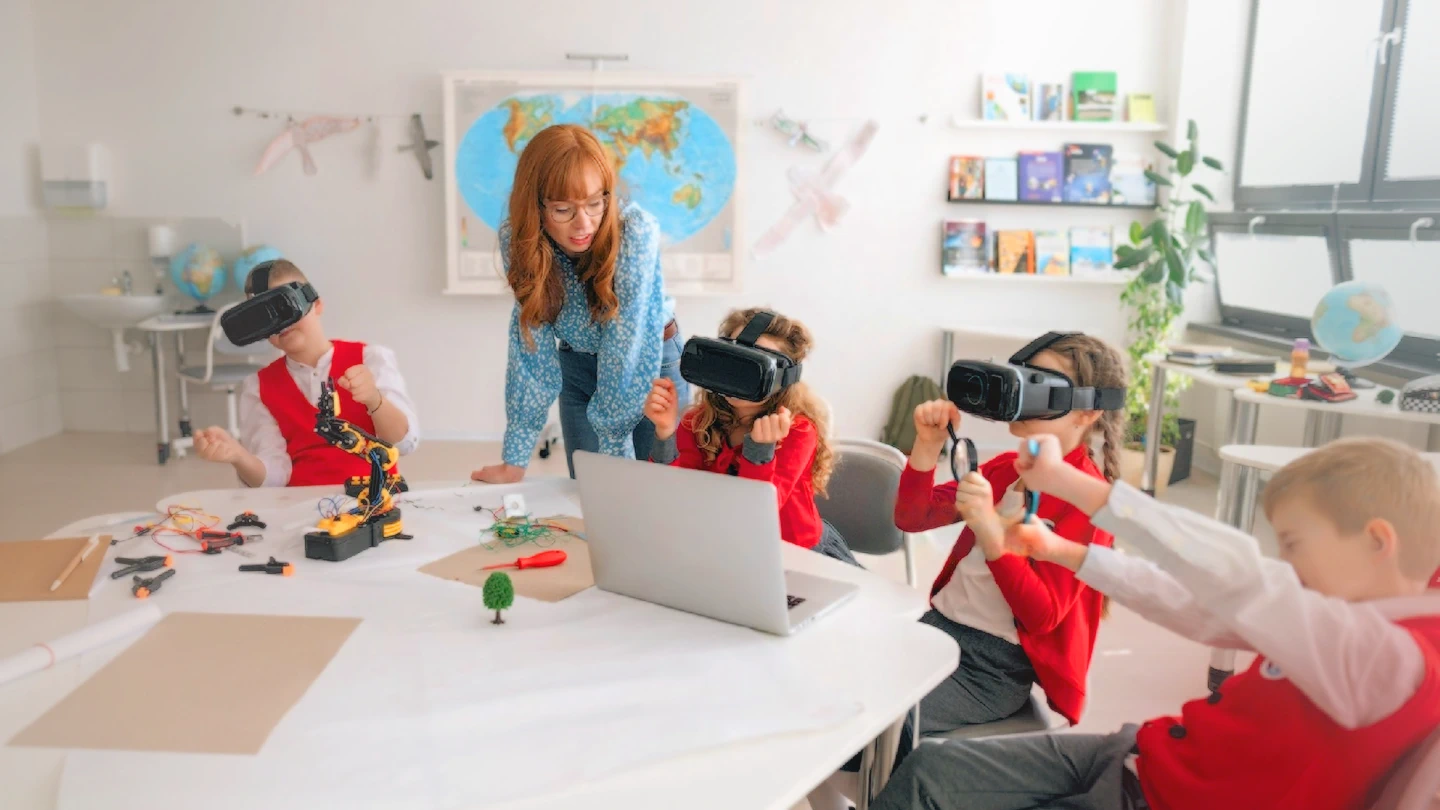Technology has always been pivotal in education. It has driven innovation and created new, immersive learning experiences, and it continues today. Using VR to teach human anatomy stands out as a revolutionary tool. It bridges the gap between theoretical knowledge and practical understanding when studying the human body. But how exactly does this technology transform the learning landscape for students who are delving into the intricacies of human anatomy?
- Engaging Learning Environment: VR creates a captivating environment in which students can explore and interact with various aspects of human anatomy in 3D, fostering a deeper understanding of the subject. This level of interaction and exploration is simply not possible with traditional methods, making VR a game-changer in anatomy education.
- Realistic Experiences: It provides a lifelike representation of the human body, allowing students to explore organs, systems, and processes in real-time and how they interact together during processes we are rarely aware of.
- Interactive Exploration: Students can gain hands-on experience in a risk-free virtual space. They can work with chemicals and activities that may not be feasible in the traditional classroom or lab. They can manipulate a 3D image to see all aspects of an organ by moving others out of the way and investigating anatomical structures.
- Ethical Standards: VR provides a safe practice environment where students can explore dissections and pathological conditions without ethical concerns. This virtual approach to hands-on learning ensures that all students can engage in these crucial aspects of anatomy education without compromising ethical standards.
A Realistic Approach to Complex Concepts
Human anatomy, with its myriad of systems, organs, and processes, can be a complex subject to grasp. VR simplifies this complexity by presenting students with a realistic, hands-on approach to exploring and understanding the intricate details of the human body.
- Visualizing Theoretical Knowledge: Concepts read in textbooks come to life, providing a visual representation that enhances understanding.
- Interactive Learning: Engaging with the anatomical models, students can learn through doing, which is often more impactful than passive learning.
- Accessibility: VR breaks down geographical barriers, allowing students from various locations to engage in similar, high-quality learning experiences.
The intersection of technology and education
Integrating Virtual Reality (VR) into educational settings, particularly in subjects like human anatomy, has opened up a world where complex concepts are transformed into interactive 3D models. This enhances students’ visual understanding and allows them to engage with the subject matter in a profoundly immersive manner.
Implementing VR in Anatomy Education
While VR offers many advantages, it is crucial to acknowledge and navigate the challenges that educators and institutions might face in implementing it.
- Technological Barriers: Ensuring all students can access the necessary VR technology and hardware can be a logistical and financial challenge.
- Training Educators: The effective use of VR in education requires that educators are proficient in utilizing and troubleshooting the technology.
- Developing Content: Creating VR content that is both educationally robust and technically smooth can be a complex process.
- Initial Cost of Implementation: Although the initial implementation can be costly, VR’s long-term cost-effectiveness eliminates the need for expensive resources like c microscopes and dissection tools, making it a compelling investment for educational institutions.
Empowering Educators
VR provides educators with the tools to easily illustrate complex anatomical concepts and ensure that the knowledge imparted is engaging, comprehensive, and retained.
- Dynamic Teaching Tools: Educators can use VR to create dynamic lessons catering to various learning styles.
- Student Engagement: VR’s interactive and exciting nature ensures that students are attentive and engaged.
- Assessment and Feedback: VR platforms often come with tools that allow educators to assess students and provide immediate feedback on their performance.
Crafting solutions for smooth implementation
Addressing these challenges head-on with strategic planning and resource allocation is pivotal to successfully integrating VR into anatomy education.
- Collaborations: Institutions can collaborate with tech companies and educational platforms to make VR technology more accessible to students.
- Professional Development: Offering training and professional development opportunities for educators to become adept at using VR technology.
- Leveraging Pre-Developed Content: Utilizing available VR content and platforms designed explicitly for anatomy education to minimize the burden of content creation.
Ensuring Inclusivity in VR Learning
In implementing VR, it is paramount to ensure that the technology is accessible and inclusive for all students. We always need to consider the diverse needs of all students and ensure that the VR content is adaptable to provide equal learning opportunities for everyone.
- Adaptable Content: VR content should be adjustable to cater to students’ varied needs, ensuring everyone can engage effectively.
- Support Systems: Implementing support systems to assist students who may face challenges navigating VR learning environments.
- Feedback Mechanism: Establishing a robust feedback mechanism to continually refine and adapt VR content and methodologies based on student and educator input.
Embarking on a Future Journey: VR in Anatomy and Beyond
Incorporating VR into anatomy education is not merely a transient trend but a stepping stone toward a future where technology and education are inextricably intertwined. The potential applications and prospects of VR in education are boundless.
- Revolutionizing Education Across Disciplines: while anatomy is a prime example, VR has the potential to revolutionize various other fields of study, providing immersive learning experiences across disciplines and opening up new horizons for education.
- Creating Global Classrooms: VR can create global classrooms where students worldwide can engage in collaborative learning experiences, breaking down geographical barriers and fostering a sense of global educational community.
- Continuous Innovation: As technology evolves, so will VR applications, opening new doors for innovative educational approaches and learning methodologies.
Summary
By creating engaging and interactive learning environments, VR enables students to explore human anatomy in three-dimensional detail, fostering a deeper understanding of complex concepts. This technology offers realistic experiences that allow for hands-on exploration of anatomical structures without ethical concerns, enhancing retention and engagement. While the implementation of VR in educational settings presents challenges, such as technological access and content development, strategic planning and collaboration can pave the way for effective integration. Ultimately, the article highlights VR’s potential to revolutionize anatomy education and expand its applications across various disciplines, creating inclusive, immersive learning experiences that break down geographical barriers and foster a global educational community.
Frequently asked questions
Human Anatomy VR provides a virtual reality platform where students can explore and interact with 3D models of the human body, enhancing understanding, engagement, and retention of anatomical concepts by providing a realistic and hands-on learning experience.
VR allows students to explore the human body in a 3D space, delve into each layer and system with precision, practice dissections in a risk-free environment, and engage with complex anatomical structures interactively, which is impossible with traditional 2D models and textbooks.
Challenges include ensuring technological access to all students, training educators in VR technology use, and developing robust and smooth VR content for educational purposes.
Solutions include forming collaborations with tech companies, providing professional development for educators, leveraging pre-developed VR content, and ensuring that VR learning is inclusive and adaptable to cater to the varied needs of all students.
VR content can be modified to cater to different needs, support systems can be implemented to assist students in navigating VR learning, and a feedback mechanism can be established to continually refine VR methodologies based on input from students and educators.
VR has the potential to revolutionize various fields of study by providing immersive learning experiences across disciplines, creating global classrooms for collaborative learning experiences, and continuously innovating educational approaches as technology evolves.
VR provides educators with dynamic teaching tools, ensuring high student engagement due to its interactive nature. It often comes with assessment tools that allow educators to evaluate and provide feedback on student performance.




